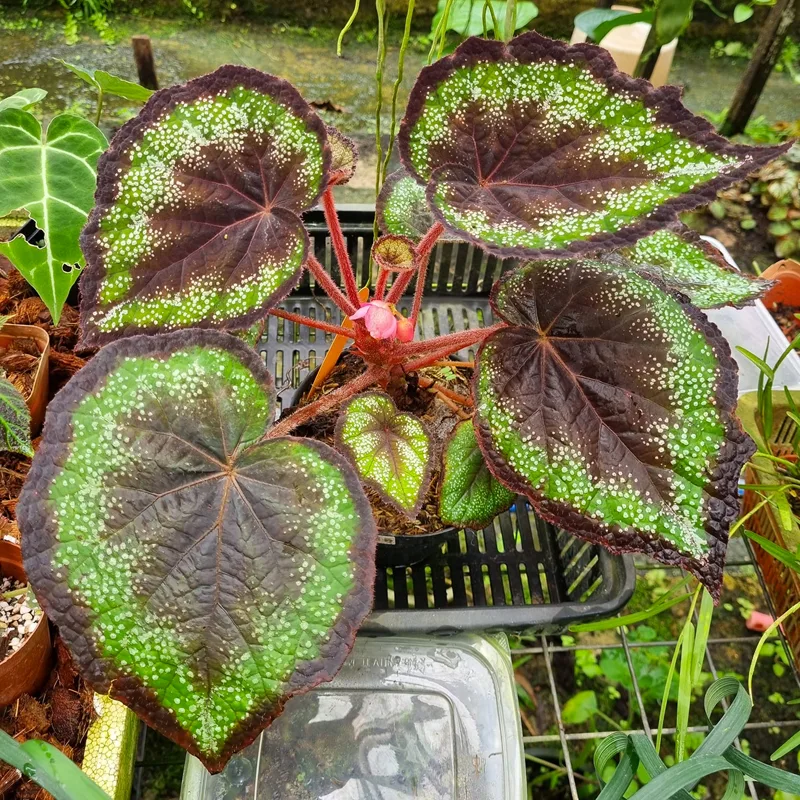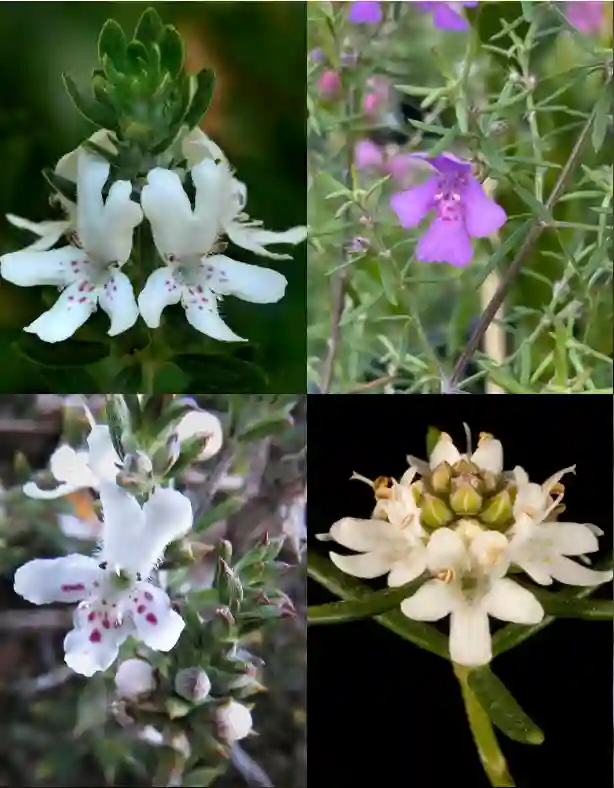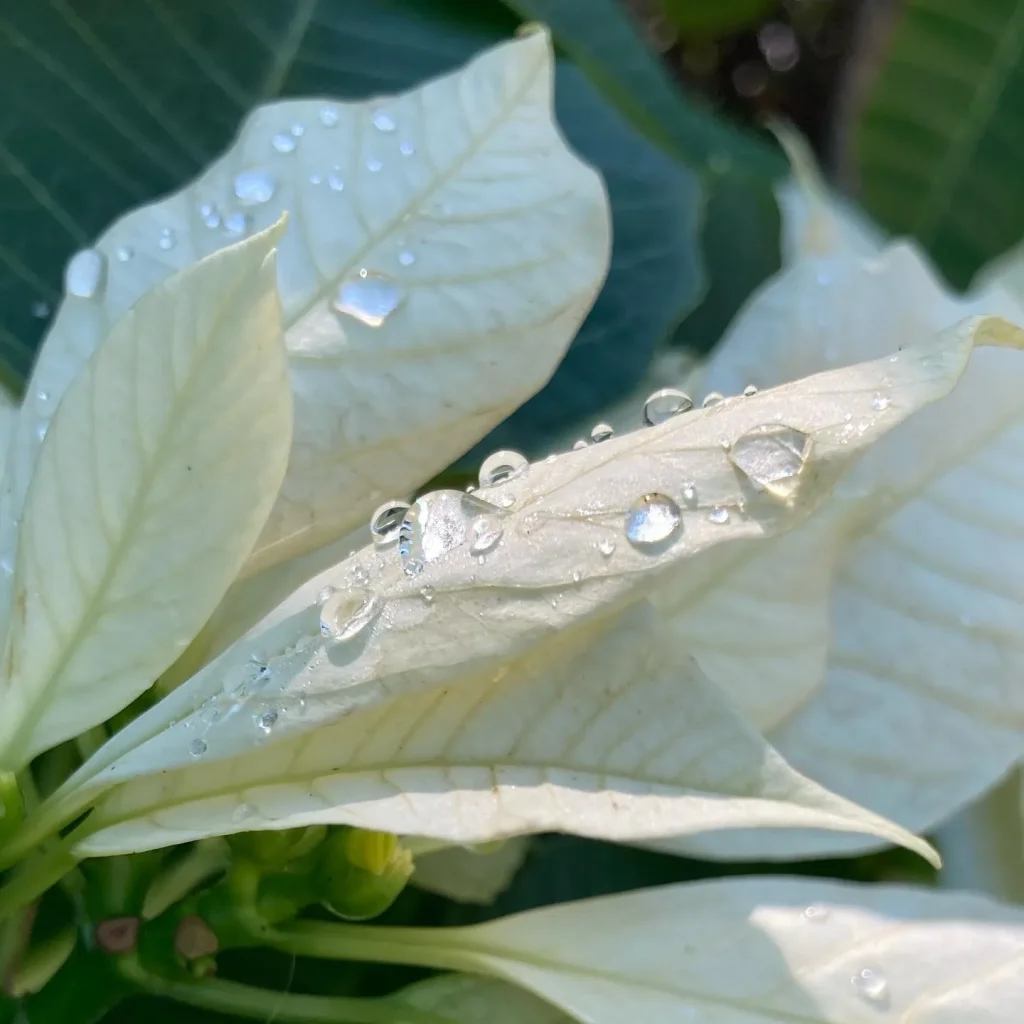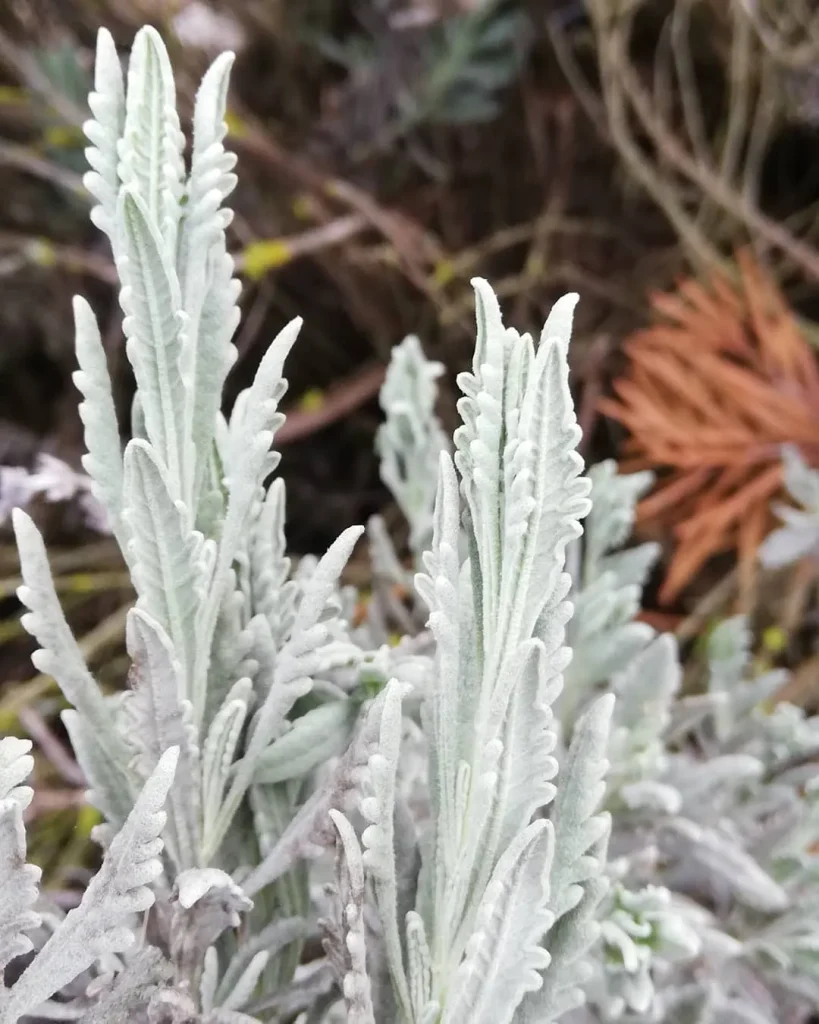The Enchanting World of Papaver: A Personal Journey
My name is Ferb Vu, and I’ve always been drawn to the delicate beauty and vibrant colors of the Papaver genus from the Papaveraceae family. More commonly known as poppies, these flowers have captivated me since childhood with their papery petals and almost ethereal presence. Their fleeting blooms, often lasting only a day or two, seem to symbolize the ephemeral nature of beauty itself, making each moment with them precious.
I remember the first time I truly recognized a poppy. It was a bright red Papaver rhoeas, a common poppy, growing wild in a field near my grandmother’s house. Its scarlet petals, so vividly contrasted against the green sea of grass, seemed to dance in the gentle breeze. That image stuck with me, sparking a fascination that has only grown over time.
A Diverse Family of Flowers
The Papaver genus is surprisingly diverse, encompassing 128 species. These range from the bold and showy Papaver orientale, with its large, fiery orange blooms, to the more subtle charm of the Papaver nudicaule, the Iceland poppy, which comes in a variety of pastel hues.
- Papaver acrochaetum Bornm. ex Fedde
- Papaver aculeatum Thunb.
- Papaver alaskanum Hultén
- Papaver alberti Mikheev
- Papaver albiflorum (Elkan) Pacz.
- Papaver ammophilum (Turcz.) Peschkova
- Papaver anadyrense V.V.Petrovsky
- Papaver angustifolium Tolm.
- Papaver anjuicum Tolm.
- Papaver arachnoideum Kadereit
- Papaver arenarium M.Bieb.
- Papaver armeniacum (L.) DC.
- Papaver atlanticum (Ball) Coss.
- Papaver atrovirens V.V.Petrovsky
- Papaver baitagense Kamelin & Gubanov
- Papaver × bartuschianum Fedde
- Papaver bipinnatum C.A.Mey.
- Papaver × boissierianum Fedde
- Papaver × bourgeauanum Fedde
- Papaver bracteatum Lindl.
- Papaver calcareum V.V.Petrovsky
- Papaver californicum A.Gray
- Papaver cambricum L.
- Papaver canescens Tolm.
- Papaver carmeli Feinbrun
- Papaver chakassicum Peschkova
- Papaver chelidoniifolium Boiss. & Buhse
- Papaver chionophilum V.V.Petrovsky
- Papaver clavatum Boiss. & Hausskn.
- Papaver × collidorense Pérez Dacosta
- Papaver coloradense (Fedde) Fedde ex Wooton & Standl.
- Papaver columbianum Fedde ex Björk
- Papaver commutatum Fisch., C.A.Mey. & Trautv.
- Papaver confine Jord.
- Papaver coreanum Nakai
- Papaver curviscapum Nábělek
- Papaver cyprium (Chrtek & B.Slavík) M.V.Agab., Christodoulou & Hand
- Papaver czekanowskii Tolm.
- Papaver decaisnei (Elkan) Hochst. & Steud. ex Boiss.
- Papaver denalii Gjaerev.
- Papaver detritophilum V.V.Petrovsky
- Papaver dubium L.
- Papaver glabrum Royle
- Papaver glaucum Boiss. & Hausskn.
- Papaver × godronii Rouy
- Papaver gorgoneum Cout.
- Papaver gorodkovii Tolm. & V.V.Petrovsky
- Papaver gorovanicum M.V.Agab.
- Papaver gracile Aucher ex Boiss.
- Papaver halophilum (Fedde) Cullen
- Papaver heterophyllum (Benth.) Greene
- Papaver holophyllum Sam. ex Rech.f.
- Papaver hultenii Knaben
- Papaver humile Fedde
- Papaver hypsipetes V.V.Petrovsky
- Papaver × intercedens Kubát
- Papaver jacuticum Peschkova
- Papaver kachroianum Tabinda, Dar & Naqshi
- Papaver kuvajevii Schaulo & Sonnikova
- Papaver labradoricum (Fedde) Solstad & Elven
- Papaver laestadianum (Nordh.) Nordh.
- Papaver laevigatum M.Bieb.
- Papaver lateritium K.Koch
- Papaver lecoqii Lamotte
- Papaver leiocarpum (Turcz.) Popov
- Papaver leucotrichum Tolm.
- Papaver libanoticum Boiss.
- Papaver luculentum Björk
- Papaver macrostomum Boiss. & A.Huet
- Papaver maculosum Schur
- Papaver mairei Batt.
- Papaver malviflorum Doum.
- Papaver maschukense Mikheev
- Papaver mcconnellii Hultén
- Papaver minutiflorum Tolm.
- Papaver multiradiatum V.V.Petrovsky
- Papaver nivale Tolm.
- Papaver oreophilum Rupr.
- Papaver orientale L.
- Papaver pamporicum Tabinda, Dar & Naqshi
- Papaver paphium M.V.Agab., Christodoulou & Hand
- Papaver pasquieri Dubuis & Faurel
- Papaver paucistaminum Tolm. & V.V.Petrovsky
- Papaver persicum Lindl.
- Papaver pilosum Sm.
- Papaver pinnatifidum Moris
- Papaver piptostigma Bien. ex Fedde
- Papaver polare (Tolm.) Perfil.
- Papaver postii Fedde
- Papaver pseudoradicatum Kitag.
- Papaver × pseudotrilobum (Wein) Fedde
- Papaver pulvinatum Tolm.
- Papaver purpureomarginatum Kadereit
- Papaver pygmaeum Rydb.
- Papaver rechingeri Kadereit
- Papaver rhoeas L.
- Papaver roseoalbum Björk
- Papaver roseolum M.V.Agab. & Fragman
- Papaver rubroaurantiacum (Fisch. ex DC.) C.E.Lundstr.
- Papaver rupifragum Boiss. & Reut.
- Papaver saichanense Grubov
- Papaver schamurinii V.V.Petrovsky
- Papaver schelkovnikovii N.Busch
- Papaver setiferum Goldblatt
- Papaver setosum (Tolm.) Peschkova
- Papaver sheperdii Post ex Dinsm.
- Papaver smirnovii Peschkova
- Papaver sokolovskajae Prob.
- Papaver somniferum L.
- Papaver stanovense (Petroch.) Peschkova
- Papaver stewartianum Jajri & Qaiser
- Papaver × strigosum (Boenn.) Schur
- Papaver stubendorfii Tolm.
- Papaver talyshense Grossh.
- Papaver tatricum (A.Nyár.) Ehrend.
- Papaver tenellum Tolm.
- Papaver tenuifolium Boiss. & Hohen.
- Papaver tichomirovii Mikheev
- Papaver tolmatschevianum N.S.Pavlova
- Papaver × trilobum Wallr.
- Papaver × tuberculatum V.I.Dorof. & Murtaz.
- Papaver turczaninovii Peschkova
- Papaver udocanicum (Peschkova) Peschkova
- Papaver umbonatum Boiss.
- Papaver variegatum Tolm.
- Papaver walpolei A.E.Porsild
- Papaver yildirimlii Ertekin
- Papaver zangesurum Mikheev
More Than Just a Pretty Face
While the aesthetic appeal of poppies is undeniable, these plants have also played significant roles in human history and culture. The Papaver somniferum, for example, is the source of opium, a powerful painkiller that has been used for centuries. However, it’s also the source of highly addictive substances, highlighting the complex relationship between humans and this plant.
Poppies also hold symbolic meaning in many cultures. The red poppy, in particular, is a symbol of remembrance for those who have died in war. This association stems from World War I, when poppies bloomed in the battlefields of Flanders Fields, their red color mirroring the bloodshed of the conflict.
Cultivating Beauty: My Experience with Poppies
I’ve been fortunate enough to cultivate several Papaver species in my own garden. It’s a rewarding experience, watching these delicate plants emerge from tiny seeds and transform into stunning blooms. I’ve found that poppies prefer well-drained soil and plenty of sunlight. They’re relatively low-maintenance plants, but deadheading spent blooms can encourage more flowers.
One of my favorite things about growing poppies is the element of surprise. Many species readily self-seed, so I often discover new plants popping up in unexpected corners of my garden. It’s like receiving a gift, a reminder of the resilience and beauty of nature.
The Allure of Poppies
The appeal of Papaver, for me, lies in its contrasting qualities. It’s a flower that embodies both fragility and resilience, simplicity and complexity. Its fleeting beauty serves as a reminder to appreciate the present moment, while its vibrant colors bring joy and vibrancy to any landscape.
Whether growing wild in a field or carefully cultivated in a garden, poppies continue to fascinate and inspire me. They are a testament to the enduring power of nature and a source of endless wonder.



